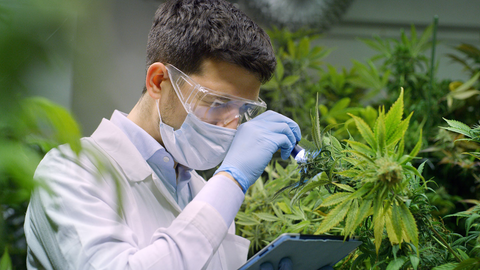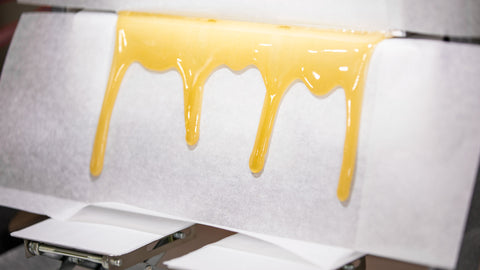Cannabis cultivation is both an art and a science, requiring a deep understanding of the plant's needs and preferences. Whether you're a seasoned grower or a curious novice, this blog post will guide you through the intricacies of growing cannabis, from choosing the right strain to harvesting your plants.
[This post is for informational purposes only.]
Choosing the Right Strain
The first step in cannabis cultivation is choosing the right strain. This decision will depend on your climate, the space you have available, and the effects you're seeking. Sativa strains tend to grow taller and require more light, while indica strains are shorter and bushier. Ruderalis strains are hardy and auto-flowering, making them a good choice for less experienced growers.
Understanding the Cannabis Life Cycle
Cannabis has a distinct life cycle that includes the germination, vegetative, and flowering stages. Understanding these stages is crucial for successful cultivation. During the vegetative stage, the plant focuses on growing tall and producing leaves, while during the flowering stage, it produces the buds that are harvested for their cannabinoid content.
Optimizing Light, Temperature, and Humidity
Cannabis plants require the right balance of light, temperature, and humidity to thrive. They need plenty of light, particularly during the vegetative stage. The ideal temperature for cannabis plants is between 70-85 degrees Fahrenheit during the vegetative stage and 70-80 degrees during the flowering stage. Humidity should be kept relatively high during the vegetative stage and lower during the flowering stage to prevent mold.
Feeding Your Cannabis Plants
Cannabis plants require a range of nutrients to grow, including nitrogen, phosphorus, and potassium. They also need a variety of micronutrients, including calcium, iron, and magnesium. It's important to provide your plants with a balanced diet to ensure they grow healthy and strong.
Harvesting Your Cannabis
Knowing when to harvest your cannabis is crucial for maximizing its potency. The best time to harvest is when the trichomes (the tiny, crystal-like structures on the buds) are cloudy and amber. Once harvested, the buds need to be dried and cured before they're ready to use.
Conclusion
Cannabis cultivation is a rewarding endeavor that requires knowledge, patience, and a bit of green thumb. By understanding the needs of the cannabis plant and providing the right conditions, you can grow your own cannabis and enjoy the fruits of your labor. It is always advisable to consult with a legal professional if you're considering involvement in the production or distribution of cannabis.
Legal Disclaimer
Please note that the content of this article is intended for informational purposes only. It does not constitute legal advice and should not be used as such. While we strive to provide accurate and up-to-date information, laws and regulations surrounding cannabinoids are subject to change and can vary by jurisdiction. We are not legal professionals, and we strongly recommend that you consult with a qualified attorney or other legal professional to understand the current legal landscape in your specific location before making any decisions based on the information provided in this article. Always ensure that you are in compliance with your local, state, and federal laws.




Comments (0)
There are no comments for this article. Be the first one to leave a message!